- No products in the cart.
Gliclazide canon prolong tab. 60 mg 30 pcs
$5.46
Gliclazide canon prolong tab. 60 mg 30 pcs
Description
Composition
Active substance:
1 tablet contains: gliclazide of 30 mg or 60 mg.
Excipients:
Hypromellose (hydroxypropyl methylcellulose), colloidal silica, mannitol, magnesium stearate, hydrogenated vegetable oil, microcrystalline cellulose.
Description:
Round biconvex tablets (dosage 30 mg); Round biconvex tablets with Valium (dosage 60 mg), a white or nearly white.
Slight marbling.
Product form:
Tablets with sustained release 30 mg, 60 mg.
Dosage 30 mg: 10 or 30 tablets in blisters of PVC film and aluminum foil printed patent.
3, the contour of cellular packages 6 to 10 tablets, or 1, 2 blisters of 30 tablets with instructions for use placed in a pile of cardboard.
Dosage 60 mg: 10 or 15 tablets in blisters of PVC film and aluminum foil printed patent.
3, the contour of cellular packages 6 to 10 tablets, or 2, 4 blisters with 15 tablets instruction on use is placed in a pile of cardboard.
Contraindications
Hypersensitivity to gliclazide or any of the excipients of the drug, other derivatives of sulfonylureas, sulfonamides; type 1 diabetes; diabetic ketoacidosis, diabetic precoma, diabetic coma; severe renal or hepatic impairment; receiving miconazole; pregnancy and lactation; age 18 years.
It is not recommended to use simultaneously a drug in combination with phenylbutazone or danazol.
Carefully
Old age, irregular and / or unbalanced diet, severe diseases of the cardiovascular system (including ischemic heart disease, atherosclerosis), hypothyroidism, adrenal or pituitary insufficiency, hypopituitarism, renal and / or hepatic insufficiency, chronic treatment with glucocorticosteroids (GCS ), alcoholism, lack of glucose-6-phosphate dehydrogenase.
Dosage
60 mg
Indications
Type 2 diabetes is the lack of effectiveness of diet therapy, exercise and weight loss.
Prevention of complications of diabetes: reduced risk of microvascular (nephropathy, retinopathy) and macrovascular disease (myocardial infarction, stroke) in patients with type 2 diabetes by intensive glycemic control.
Interaction with other drugs
1) adjuvants gliclazide (increased risk of hypoglycaemia):
contraindicated combinations
Miconazole (systemic administration or application of the gel to the oral mucosa) enhances hypoglycemic effect gliclazide (possibly hypoglycaemia until coma state).
Not recommended combinations
Phenylbutazone (systemic administration) enhances the effect of hypoglycemic sulfonylureas (displaces them from binding with plasma proteins and / or slows their excretion from the body). It is preferable to apply a different anti-inflammatory drug. If the reception phenylbutazone is required, the patient must be warned about the need to monitor blood glucose. If necessary, gliclazide dose should be adjusted during reception and phenylbutazone after its closure.
Ethanol: enhances hypoglycemia by inhibiting compensatory reactions may contribute to the development of hypoglycemic coma. It is necessary to abandon the medication, which include ethanol and alcohol.
Combinations requiring precautions
Receiving gliclazide in combination with certain drugs, e.g., other hypoglycemic agents – insulin, acarbose, biguanides; beta-blockers, inhibitors of dipeptidyl peptidase-4 receptor agonists of glucagon-like peptide-1, fluconazole; inhibitors of angiotensin converting enzyme – captopril, enalapril; blockers, H2-histamine receptors; monoamine oxidase inhibitors; sulfonamides, clarithromycin and nonsteroidal anti-inflammatory drugs, accompanied by increased hypoglycemic effect and the risk of hypoglycemia.
2) Formulations attenuating effect gliclazide:
Not recommended combinations.
Danazol: it has a diabetogenic effect. If reception of the drug is required, the patient is advised to carefully monitor the concentration of blood glucose. If necessary, the joint reception drugs recommended dose selection gliclazide like during reception of danazol and after its cancellation.
Combinations requiring precautions.
Chlorpromazine: in high doses (100 mg daily) increases the concentration of glucose in the blood, reducing insulin secretion. It is recommended to control the level of blood glucose. If necessary, co-administration of drugs, dose selection recommended gliclazide like during reception of chlorpromazine and after its cancellation.
Corticosteroids (topical and systemic application: intraarticular, external, and rectal administration) increase the concentration of glucose in blood with possible development of ketoacidosis (reduced tolerance to carbohydrates). It is recommended to control the level of blood glucose, especially at the beginning of treatment. If necessary, co-Hour preparations may require correction dose hypoglycemic agent both during reception corticosteroids and after their withdrawal.
Ritodrine, salbutamol, terbutaline (intravenous administration):
Beta-2-agonists contribute to the concentration of blood glucose.
It is necessary to pay special attention to the importance of self-monitoring blood glucose concentrations. If necessary, it is recommended to transfer the patient to insulin.
Combinations to be taken into account
Anticoagulants (e.g., warfarin) sulfonylurea derivatives can enhance the effect of anticoagulants at the joint reception. You may need a dosage adjustment of the anticoagulant.
Overdose
Overdosing sulfonylurea derivatives, including gliclazide, can lead to hypoglycemia, up to hypoglycemic coma.
Moderate symptoms of hypoglycaemia, without impairment of consciousness or neurological symptoms correct reception of carbohydrates, the selection of dose and / or change of diet. Careful monitoring of the patient should continue as long as there is no certainty that the health of the patient is not in danger.
The possibility of severe hypoglycemic states, accompanied by coma, convulsions or other neurological disorders. When you see these symptoms is necessary to provide emergency medical assistance and immediate hospitalization. When the diagnosis is suspected or hypoglycemic coma patient intravenously administered 50 ml of 40% dextrose (glucose). Then intravenous infusion of 5% dextrose solution to maintain the desired blood glucose concentration of about 1 g / l. Careful control of blood glucose levels and patient monitoring should be carried out for at least 48 hours later. Subsequently, depending on the patient’s state, should decide on the need to further monitor the patient’s vital functions.
Dialysis is ineffective due to express gliclazide binding to plasma proteins.
pharmachologic effect
Pharmacological group:
Hypoglycemic agent for oral administration group II generation sulfonylureas.
Pharmacodynamics:
Gliclazide is a derivative of sulfonylurea hypoglycemic drug for oral administration which is characterized by the presence of similar medications containing N-heterocyclic rings endocyclic bond.
Gliclazide reduces the concentration of blood glucose by stimulating insulin secretion by beta cells of the islets of Langerhans. Increasing concentrations of postprandial insulin and C-peptide is retained after 2 years of therapy.
Besides effects on carbohydrate metabolism has gliclazide hemovascular effects.
Effect on secretion of insulin
In type 2 diabetes gliclazide restores early peak of insulin secretion in response to glucose intake and increases the second phase insulin secretion. A significant increase is observed in insulin secretion in response to stimulation due to ingestion or administration of glucose.
hemovascular effects
Gliclazide reduces the risk of thrombosis small vessels, affecting the mechanisms that may cause complications in diabetes: partial inhibition of platelet aggregation and adhesion and a decrease in the concentration of platelet activating factor (beta-thromboglobulin, thromboxane B2) and for the restoration of fibrinolytic vascular endothelial activity and increase in the activity of tissue plasminogen activator. Intensive glycemic control is based on the use of gliclazide sustained release (target glycosylated hemoglobin (HbAlc)
Pharmacokinetics:
Suction
After ingestion gliclazide completely absorbed. Food intake does not affect the extent of absorption. Gliclazide plasma concentration increases gradually, reaching a maximum and reaches a plateau at 6-12 hours. Individual variability is relatively low. The relationship between the received dose and concentration curve of the drug in the plasma represents a linear dependence on time.
Distribution
The plasma protein binds about 95% of the formulation. Gliclazide metabolized mainly in the liver and excreted mainly by the kidneys. The volume of distribution is around 30 liters.
The drug in a dose of 30 mg once a day maintains the effective concentration of gliclazide in plasma over 24 hours.
Metabolism
Gliclazide is metabolized primarily in the liver. Active metabolites in plasma are absent.
breeding
Excretion is carried out mainly by the kidneys as metabolites, less than 1% is excreted unchanged. Gliclazide half-life averages 16 hours (12 to 20).
special populations
In the elderly clinically significant changes in pharmacokinetic parameters was observed.
Pregnancy and breast-feeding
Experience in the use of gliclazide during pregnancy is not available.
Data on the use of other sulfonylurea derivatives during pregnancy are limited.
In laboratory animal studies, teratogenic effects of gliclazide were identified.
Oral hypoglycemic drugs during pregnancy does not apply. The drug of choice for treatment of diabetes in pregnancy is insulin. It is recommended to replace the reception of Gliclazide on insulin, as in the case of planned pregnancy, and if pregnancy occurred in patients receiving the drug.
Breastfeeding
Given the lack of data on the flow of gliclazide into breast milk and the risk of neonatal hypoglycemia, during therapy with breast-feeding is contraindicated.
Conditions of supply of pharmacies
Prescription.
side effects
Hypoglycemia in the case of irregular meals, and especially if a meal is missed, can be accompanied by the following symptoms: headache, severe hunger, nausea, vomiting, fatigue, sleep disturbance, irritability, agitation, decreased concentration, slowed reactions, depression, confusion consciousness, impaired vision and speech, aphasia, tremor, paresis, impaired perception, dizziness, weakness, convulsions, bradycardia, delirium, impaired breathing, drowsiness, loss of consciousness with the possible development of coma, until death.
Also, the reaction may occur andrenergic: sweating, “sticky” skin, anxiety, tachycardia, increased blood pressure, palpitations, angina and arrhythmia.
Other side effects
On the part of the gastrointestinal tract: nausea, vomiting, diarrhea, abdominal pain, constipation (the severity of these symptoms is reduced when taking into meal time).
On the part of the skin and subcutaneous rash, pruritus, urticaria, erythema, maculopapular rash, bullous reactions (such as Stevens-Johnson syndrome, toxic epidermal necrolysis).
On the part of the circulatory and lymphatic system: anemia, thrombocytopenia, leukopenia, granulocytopenia. As a rule, these effects are reversible when discontinuing therapy.
Of the liver and biliary tract: increased activity “liver” enzymes (aspartate aminotransferase (ACT), alanine aminotransferase (ALT), alkaline phosphatase), hepatitis (few cases). When the cholestatic jaundice need to discontinue therapy.
From a sight organ: there may be transient visual disturbances caused by changes in blood glucose concentration, especially at the beginning of therapy.
Common side effects of sulfonylureas: erythropenia, agranulocytosis, hemolytic anemia, pancytopenia, allergic vasculitis, hyponatremia. Also in patients receiving other sulfonylurea derivatives showed an increase in “liver” enzymes, abnormal liver function (e.g., with the development of jaundice and cholestasis) and hepatitis. These manifestations decreased with time after the abolition of sulfonylureas, but in some cases lead to life-threatening liver failure.
special instructions
When receiving sulphonylureas, including gliclazide, hypoglycaemia may develop, and in some cases – in the form of a severe and prolonged, requiring hospitalization and intravenous administration of dextrose solution in a few days.
The drug Gliclazide Canon can be assigned only to those patients who have food regularly and includes breakfast. It is important to maintain adequate intake of carbohydrates from food, because increasing the risk of hypoglycemia at irregular or insufficient food, as well as food consumption, low-carbohydrate. Hypoglycemia occurs more frequently with a low calorie diet, following prolonged or vigorous exercise after drinking alcohol or taking several hypoglycemic drugs simultaneously.
Typically, hypoglycemia symptoms disappear after a meal rich in carbohydrates (e.g., sugar). It should be borne in mind that the reception of sugar substitutes is not conducive to the elimination of hypoglycemic symptoms. Experience with other sulfonylureas indicates that hypoglycemia can recur despite the initial effective relief of this condition. If hypoglycemic symptoms have a pronounced character or are prolonged, even in case of temporary improvement after ingestion of food rich in carbohydrates, necessary emergency medical assistance, up to hospitalization.
To avoid hypoglycemia requires careful selection of individual drugs and dosing regimens, as well as giving the patient full information about the proposed treatment.
Increased risk of hypoglycaemia can be observed in the following cases: the failure or inability of the patient (especially the elderly) to follow the doctor’s appointment and control their condition; insufficient and irregular meals, skipping meals, fasting, and the change in diet; imbalance between exercise and the amount of carbohydrate taken; renal failure; severe hepatic failure; overdose of the drug Gliclazide Canon; some endocrine disorders (thyroid disease, pituitary and adrenal insufficiency); concomitant use of certain drugs.
Sulfonylureas can cause hemolytic anemia in patients with deficiency of glucose-6-phosphate dehydrogenase. Because sulfonylurea derivative gliclazide is, care must be taken when it is administered to patients with deficiency of glucose-6-phosphate dehydrogenase. It is necessary to evaluate the possibility of appointing a hypoglycemic drug the other group.
Hepatic / renal failure
Patients with hepatic and / or severe renal insufficiency is possible to change the pharmacokinetic and / or pharmacodynamic properties of gliclazide. Hypoglycemia, which develops in these patients can be quite long, in such cases, immediate appropriate therapy.
Information for Patients
It is necessary to inform the patient and his family about the risk of hypoglycemia, its symptoms and conditions that contribute to its development. The patient should be informed of the potential risks and benefits of the proposed treatment. The patient may need to explain the importance of diet compliance, the need for regular exercise and regular monitoring of blood glucose levels.
Inadequate glycemic control
Glycemic control in patients receiving hypoglycemic agents may be weakened in the following cases: fever, trauma, infectious disease or major surgery. Under these conditions it may be necessary to discontinue therapy drug Gliclazide Canon and prescribe insulin. In many patients, the effectiveness of oral hypoglycemic agents, including gliclazide, it tends to decline after a long period of treatment. This effect may be due to both disease progression and the decrease in therapeutic response to a drug. This phenomenon is known as a secondary drug resistance, which must be distinguished from primary, at which the drug already at the first assignment gives the expected clinical effect. Before diagnosing a patient secondary drug resistance, it is necessary to evaluate the adequacy of the selection of dose and adherence to their prescribed diets.
Monitoring of laboratory parameters
To assess glycemic control recommend regular determination of the concentration of blood glucose and glycosylated hemoglobin, fasting. In addition, it is advisable to conduct regular self-monitoring blood glucose concentrations.
Effect on the ability to drive mechanisms n
Patients should be aware of the symptoms of hypoglycemia and caution while driving a vehicle or perform work requiring high speed psychomotor reactions, especially early in therapy.
Storage conditions
At temperatures above 25 C in the package manufacturer. Keep out of the reach of children.
Dosing and Administration
The drug is intended for adults only.
The recommended dose of the drug should be taken orally, 1 time / day, preferably at breakfast time.
The daily dose is 30-120 mg (1-4 tablets) 1 reception. It is recommended to swallow the tablet whole without chewing or crushing.
When you pass one or more administrations of the drug should not take a higher dose to the next appointment, the missed dose should be taken the next day. As with other hypoglycemic drugs, the drug dose in each case should be selected individually depending on the concentration of blood glucose and glycosylated hemoglobin (HbAlc).
The initial dose
Starting recommended dosage in adults previously untreated (including elderly patients> 65 years) – 30 mg / day (one tablet), then the dose is adjusted individually to achieve the desired result.
When the drug Gliclazide Canon replace other hypoglycemic agents do not need any transitional period. You first need to stop taking this drug and only then take the drug Gliclazide Canon.
dose selection
Повышение дозы возможно не ранее, чем через 1 месяц терапии препаратом в ранее назначенной дозе. Dose selection must be performed in accordance with the indicator concentration in the blood glucose after treatment. Каждое следующее изменение дозы может быть предпринято после, как минимум, двухнедельного периода.
Поддерживающая терапия
Поддерживающая суточная доза составляет от 30 до 90-120 мг (от 1 до 3-4 таблеток), и не должна превышать 120 мг. Гликлазид Канон может применяться в сочетании с бигуанидинами, ингибиторами альфа-глюкозидазы или инсулином.
Elderly patients
Recommended for the elderly doses are identical to those for adults up to 65 years.
Почечная недостаточность
The recommended dose in renal failure mild to moderate severity identical to those persons with normal renal function. Рекомендуется проведение тщательного медицинского наблюдения за пациентами.
Пациенты с риском развития гипогликемии
У пациентов, относящихся к группе риска развития гипогликемии (недостаточное или несбалансированное питание; тяжелые или плохо компенсированные эндокринные расстройства – гипофизарная и надпочечниковая недостаточность, гипотиреоз; отмена ГКС после их длительного приема и/или приема в высоких дозах; тяжелые заболевания сердечно-сосудистой системы (тяжелая ишемическая болезнь сердца, тяжелый атеросклероз сонных артерий, распространенный атеросклероз) рекомендуется применять минимальную дозу (30 мг) препарата.
Профилактика осложнений сахарного диабета
Для достижения интенсивного гликемического контроля можно постепенно увеличивать дозу препарата Гликлазид Канон 120 мг/сутки в дополнение к диете и физическим упражнениям до достижения целевого уровня HbAlc. Следует помнить о риске развития гипогликемии. Кроме того, к терапии можно добавить другие гипогликемические лекарственные средства, например, метформин, ингибитор альфа-глюкозидазы, производное тиазолидиндиона или инсулин.
Information
Appearance may differ from that depicted in the picture. There are contraindications. You need to read the manual or consult with a specialist
Additional information
| Weight | 0.100 kg |
|---|---|
| Manufacturer | KANONFARMA |

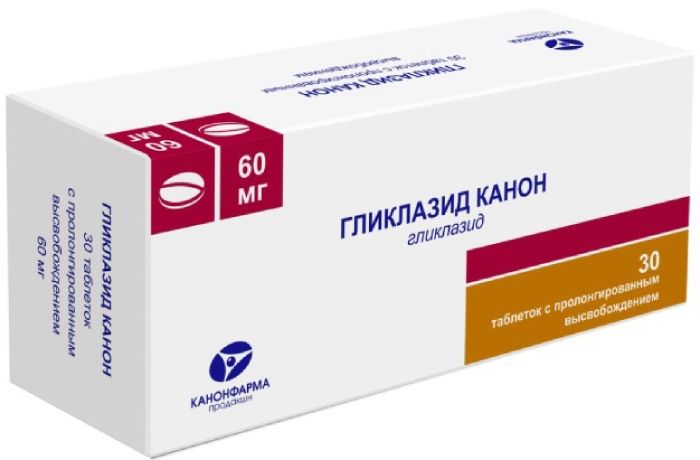
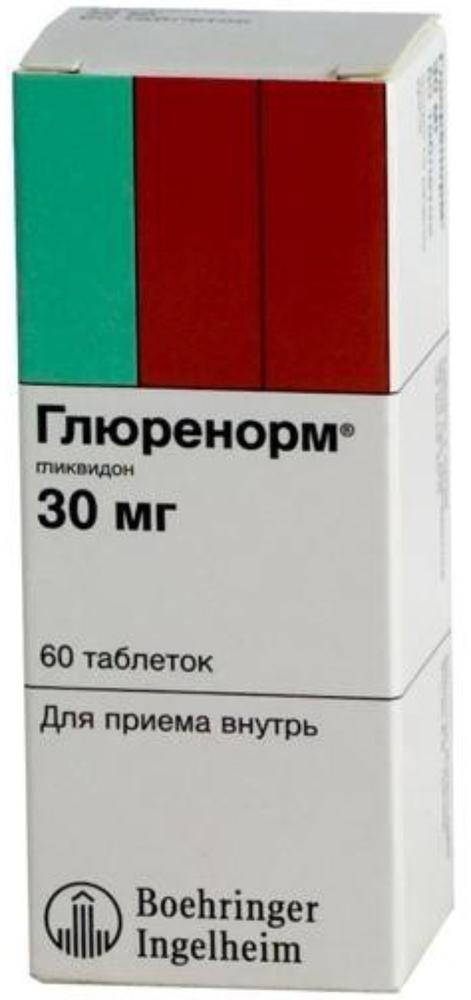
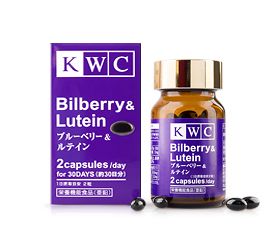

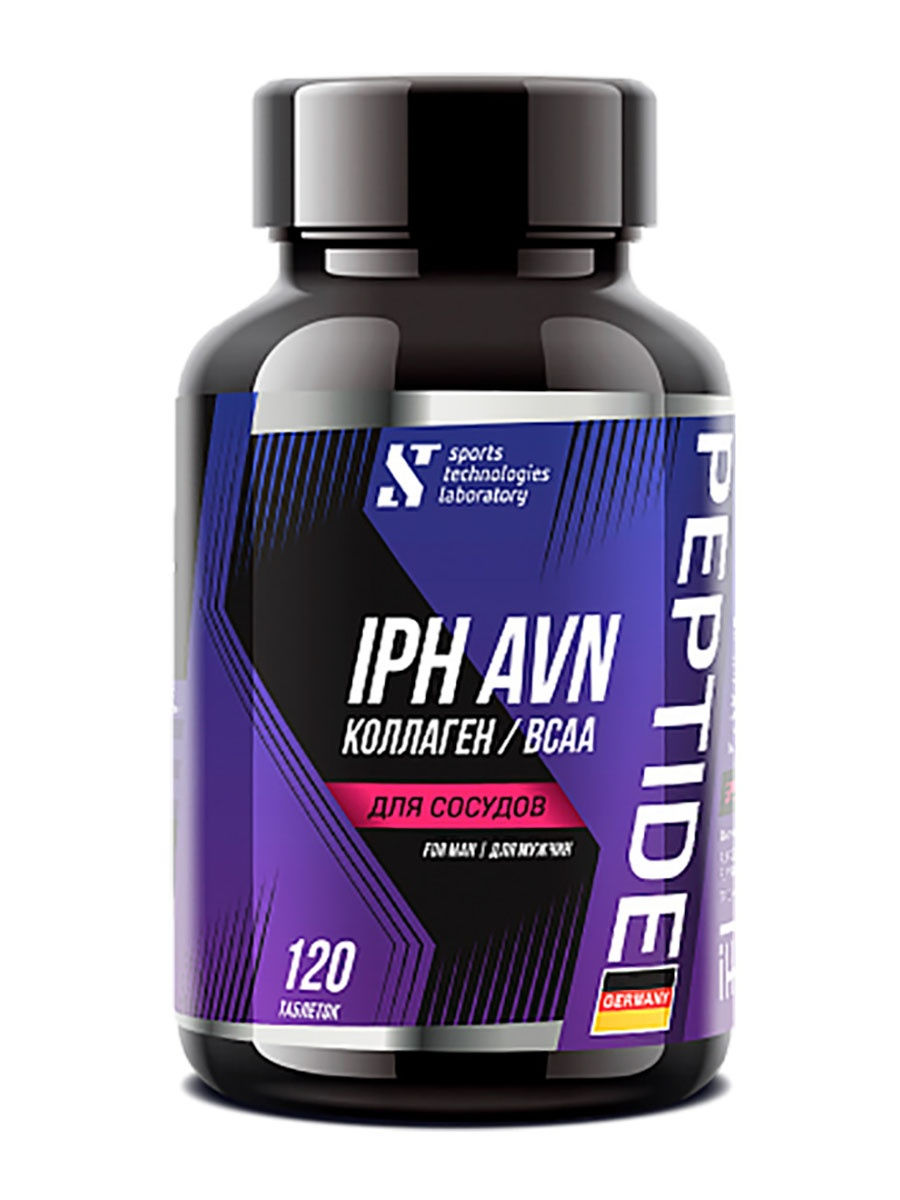
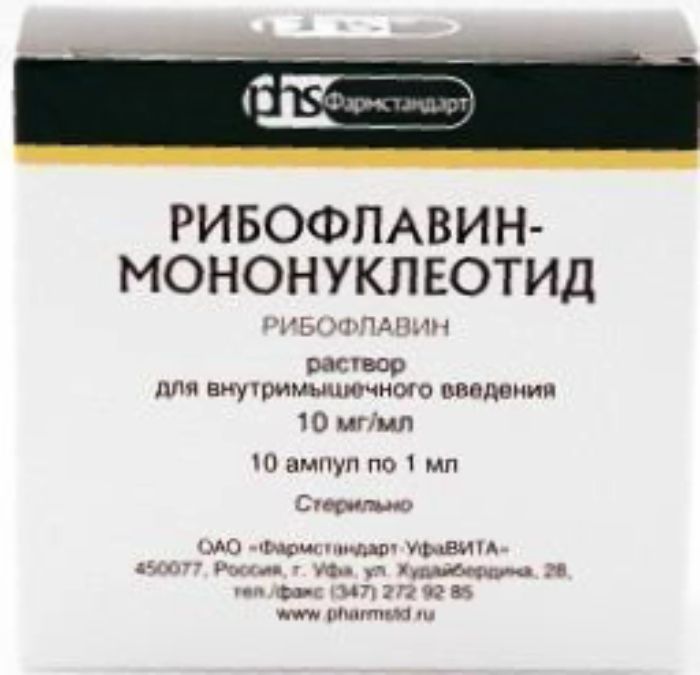
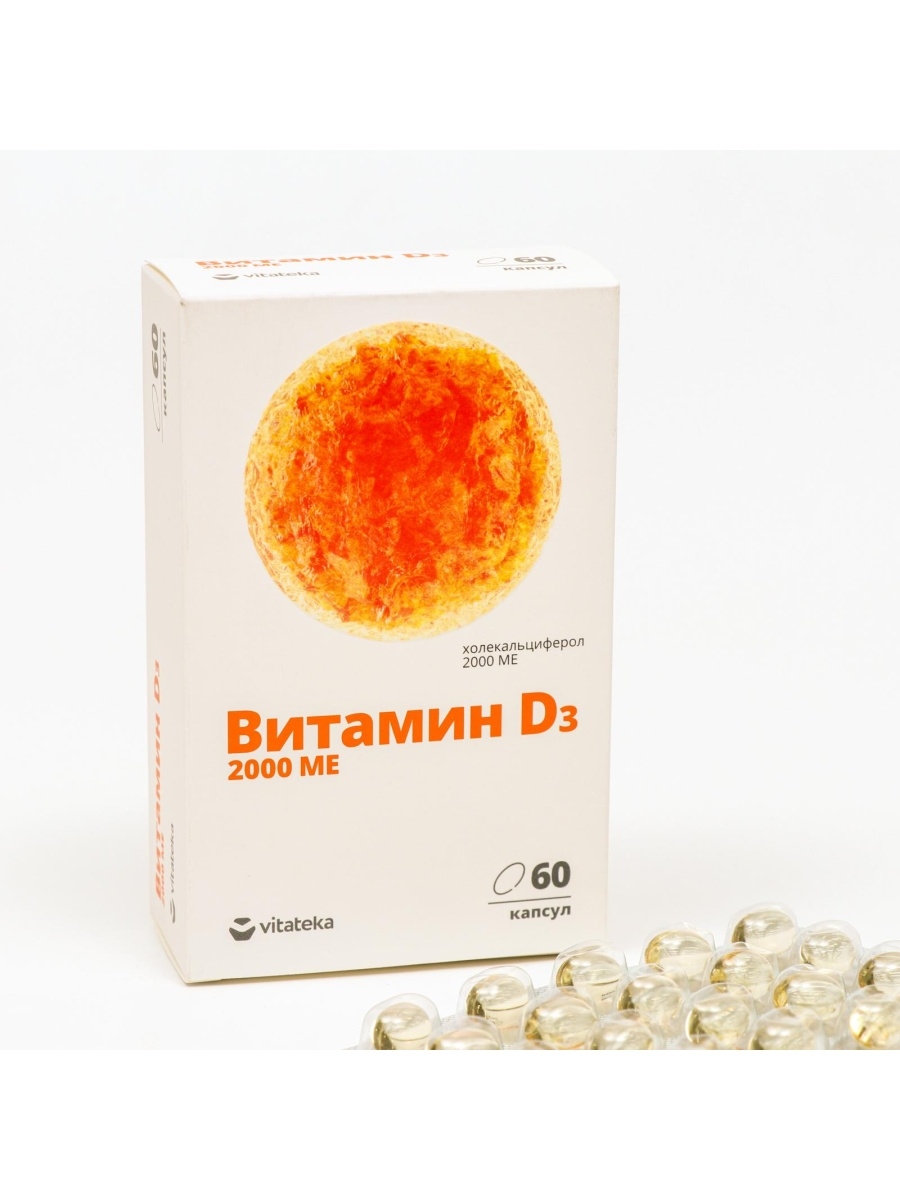
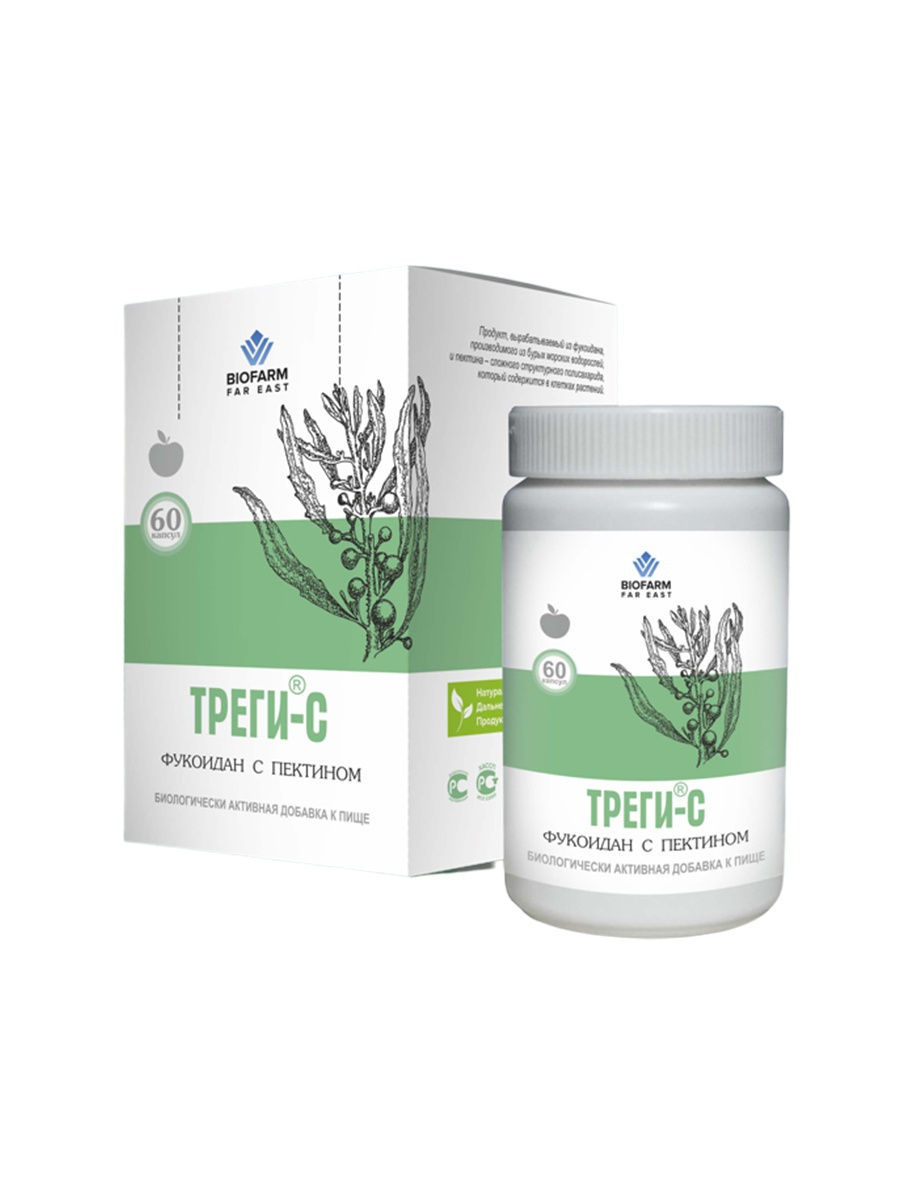




There are no reviews yet.